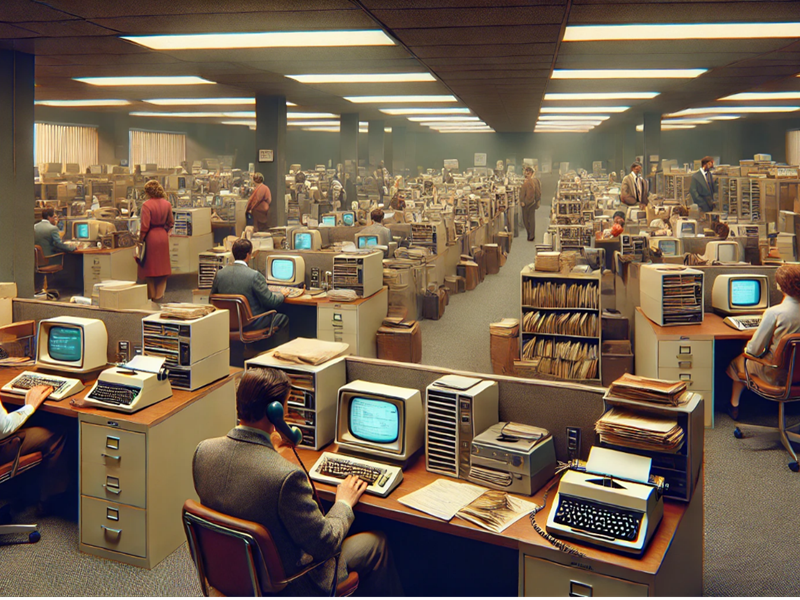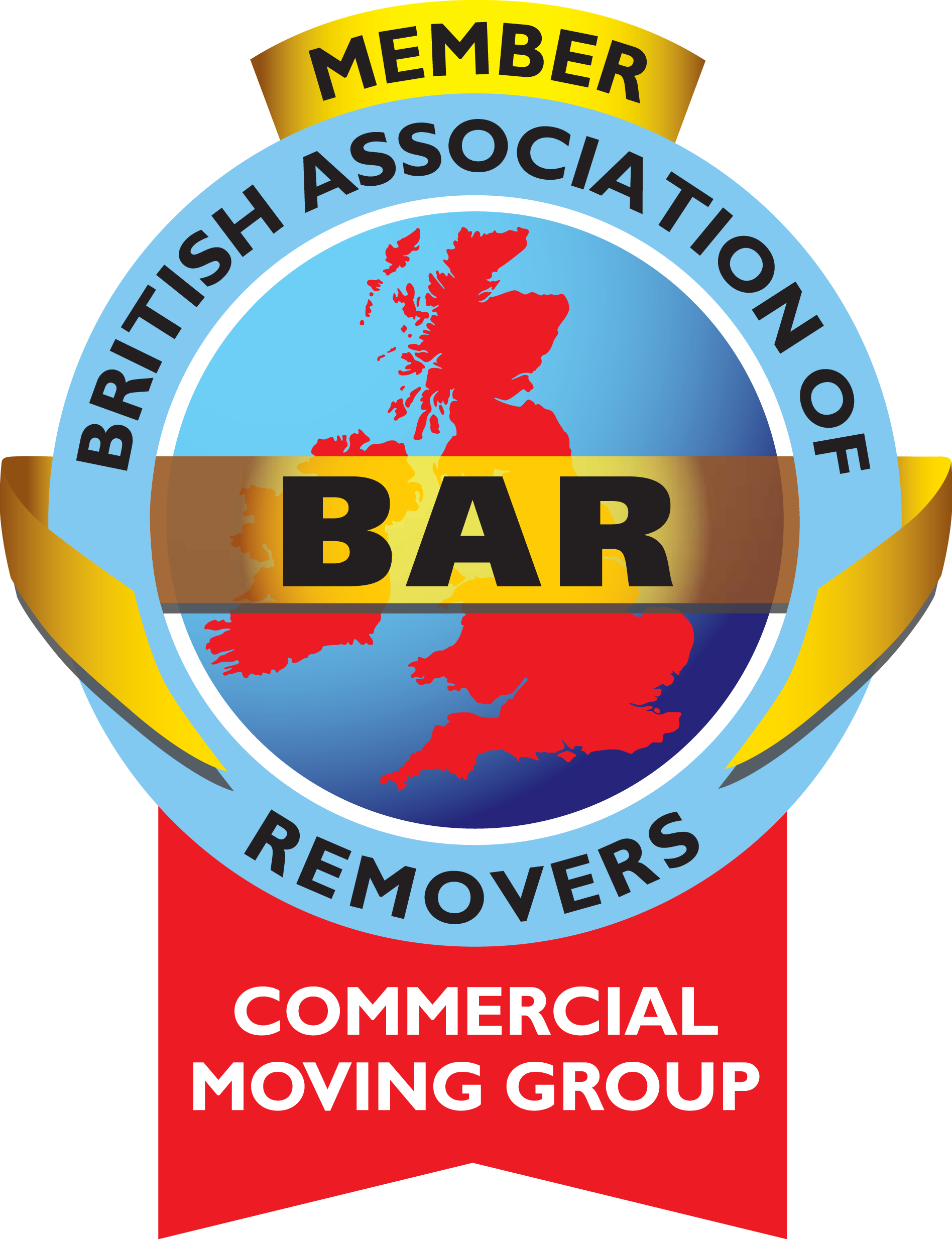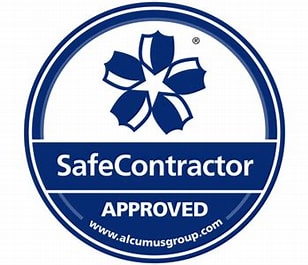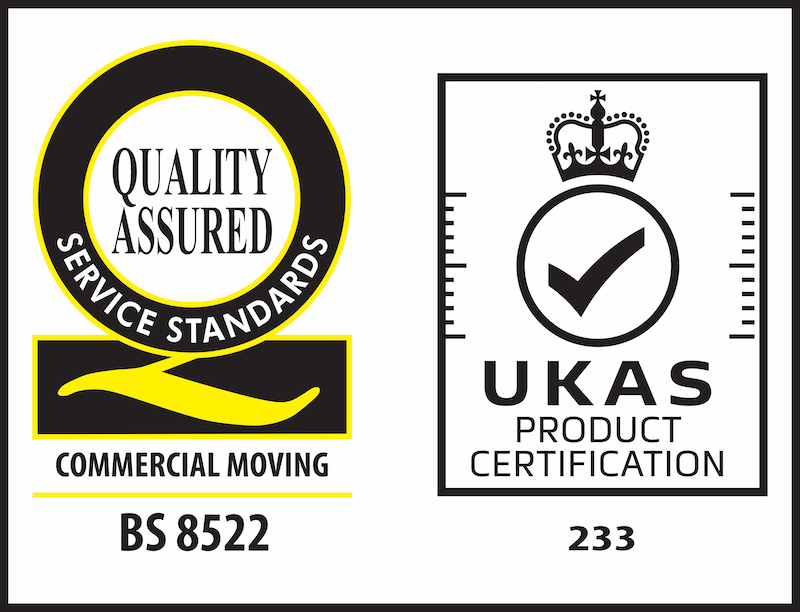A Journey of Office Odyssey
For a successful workplace change strategy that makes the most of your people, your business, your real estate, and your investment, you must have great communication.

MORE STORIES
Please click here to chat through what you'd like your Success Story to be.
By Rachel Houghton, MD at Business Moves Group
I remember the dusty days of smoky nicotine-stained offices, wilting plants and the ever-present smell of burnt coffee from the filter machine which no one turned off before they left for the day. The FMs office was often a desk at the back of the post room. A harangued PA or office manager was usually duly appointed to be the point of contact for the forthcoming workspace changes.
The managers and directors would have plush offices, with the PA positioned outside. The remainder of the team would be in rows of cubicles. Photos of their families would be printed off and pinned to the nicotine-stained desk dividers; obligatory post-it notes fixed all around the monitor casing; and a Pritt stick, tipex and role of sellotape strategically placed next to overflowing in / out trays. These were the signs of the busiest, most organised people.
This was before the days of hot desking and paper-free offices. It was absolutely all about presenteeism between at least 9 to 5 – brownie points to those who were in early to fill up the coffee machine.
The smoking ban soon came in to effect and marked the beginning of a more flexible approach to desk based activity. Was this the start of the movement towards collaboration? Huddles of people could be found gathering by the back door (so not as to be seen as an individual taking too many breaks) together with a common goal - discussing how crazy it is that they are now having to step away from their workload, just to have a smoke. Inevitably, when people huddle, they share problems and solutions. Either way, the smoking ban had a huge impact on the workplace. Furniture needed to be upgraded, spaces needed to be refurbished and there was a stronger swing towards a more sociable working environment. Those who didn’t smoke found the water cooler moments an equally rewarding respite from their cubicles.
The shift to open plan and zones
Leaders wanted managers out of their individual offices and in among their teams in open plan environments. Neighbourhoods and zones were created to define demarcation lines between departments. Change management was not a thing back then - these changes just happened. 
The space transformed, but people’s behaviour didn’t - the old cubicles were being recreated by stealth. Tall filing cabinets were strategically placed to create privacy and dampen noise. Meeting rooms were occupied by managers, who just needed some privacy and space to conduct conversations that really shouldn’t be overheard, or to complete focused tasks.
The digital revolution and the new normal
Technology was improving dramatically. Internal networks allowed for multi-user copiers, and eventually scanners, until the need for printing was minimised and the concept of the paper-free office was introduced.
To those people I worked with back in the early noughties – you were right… the paper-free office never did become a reality (although 20 years on it’s a lot better than it was). Suddenly those overflowing in /out trays were no longer the sign of efficiency, but a sign of being out of touch.
Reducing filing in the workspace was probably one of the most challenging experiences for employees. I believe the reason behind this was fear. Having a printed out copy of your documentation was a physical display of your hard work. It defined your space. We were all programmed to believe the bigger your physical footprint, the more important you were (everyone wants the corner office).
So, as the workplace continues to evolve at pace, our behaviours and habits transform too, but more slowly. To change habits and behaviour, we must communicate. Understanding why the environment is changing and being informed – or better still – contributing to change is a powerful tool. Helping teams to understand the rules and the benefits harnesses even greater power.
The risk of not communicating is clear - people will use a space in a way that is most comfortable for them. For this to work, the culture and needs of the business must be communicated throughout the business. Everyone needs to understand what is and isn’t acceptable. Would an intern be comfortable sitting with a colleague in a breakout area for a chat if they felt they may be being judged for not being behind a screen?
The smoking ban was a huge change, but it was widely accepted – because it was communicated. It applied to everyone, we all understood the benefits and accommodations were made for those that it impacted.
We live in a very different society now. Lots of those workplace norms have been transformed. It used to be completely unacceptable to take personal calls in the workplace. If you had a personal mobile phone it was stored in your bag or pedestal. If your family needed to contact you, they would either have to wait until you took your break or call through the switchboard. Equally, it was much more difficult for your colleagues to contact you if you were not at work. Today, we are all pretty much contactable 24/7.
This was a much more subtle transformation that evolved over time. Almost as a trade off as the workplace became more global and technology allowed for emails to arrive on your handheld device, there was an expectation that you would respond. The payoff being, of course, that if you are available 24/7 for work, then the workplace must respect that you are available to take personal messages during the “normal” working hours.
There is a parallel here with the subtle transformation we have seen over the last three years. It was absolutely accepted that working from home worked. It was accepted that people could leave a meeting to answer the door. We could have our toddlers or pets join our calls. We allowed our colleagues into our homes, albeit virtually. We spent time supporting each other, doing things we wouldn’t ever do pre -covid. The pub quiz, the yoga sessions, the walk and talk, the checking in with each other to ask the question “how are you?”. 
We have totally accepted that people can work from home, and we have seen through the lens that our colleagues are humans struggling with the same pressures as us. The big difference now in 2024 is that we have stopped asking the questions. We are no longer quite so accepting of the interruptions of Amazon deliveries or babies crying. Why? Because we haven’t communicated what’s OK?
Have we gone full circle, with the smokers (WFH) and the non-smokers (workplace occupiers) judging people by the physical footprint they have in the office, or are we judging by productivity? Do your teams know how they are going to judged? Do they know the rules and the codes of conduct, and do they know the benefits? Or are they creating habits that make them feel the most comfortable and least exposed?
Creating a successful workplace change strategy
For a successful workplace change strategy that makes the most of your people, your business, your real estate, and your investment, you must have great communication. You must understand how you want your culture to feel and be experienced. To simply create a space or a rule is not enough.
MORE STORIES
Please click here to chat through what you'd like your Success Story to be.





